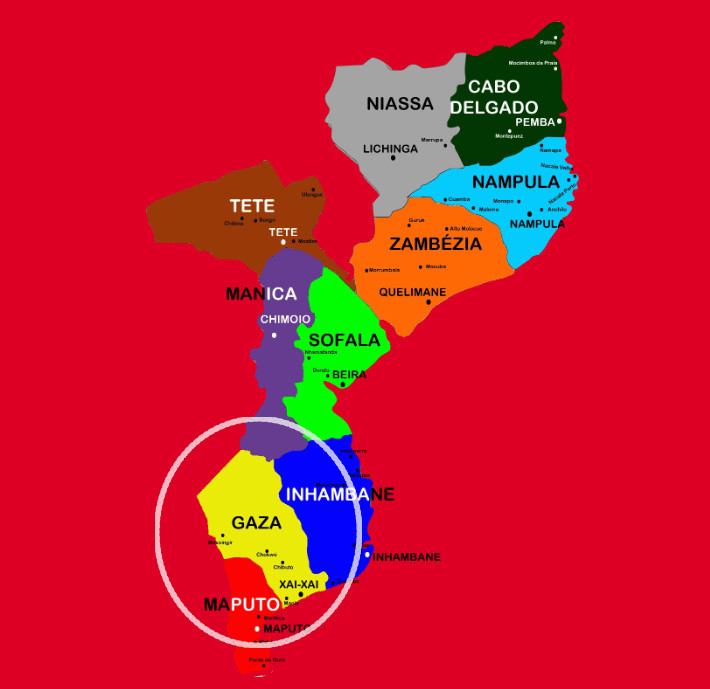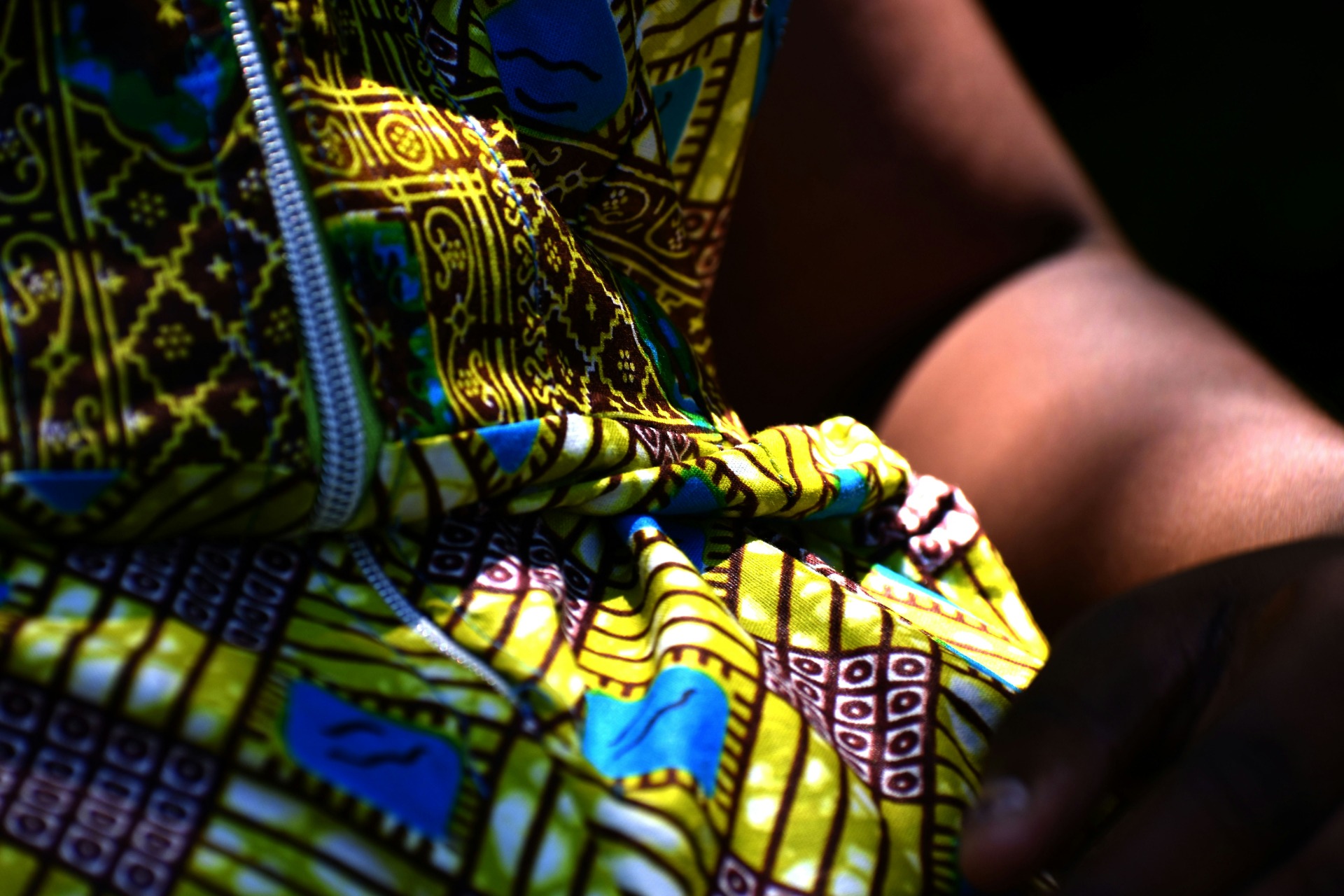MozambiqueExpert - Investors Guide
Invest in Gaza Province

The Industry & Manufacturing Sector
Gaza Province: The Nascent Industrial Frontier—Leveraging Natural Resources for Manufacturing Growth
The Government of Mozambique has positioned industrialization as a key vector for national development under its Five-Year Government Program (2020–24), aiming to boost productivity, create employment, and diversify the economy through the enhanced use of internal natural resources. For Gaza Province, this policy translates into a strategic shift from its current role as a predominantly agricultural and rural area towards leveraging its mineral resources and primary production for value-added industry and manufacturing.
Facts and Figures: The Current State
Gaza's industrial base is currently nascent, small-scale, and heavily concentrated on processing agricultural and mineral raw materials.
Industrial Scale: Gaza is characterized as being practically rural and currently has no industrial economic activities of note. Manufacturing plays a minimal role in the overall provincial economy, though low-scale manufacturing does occur.
Economic Contribution: Industry and trade activity is centered in urban areas like Xai-Xai, the provincial capital.
Historical Context: Historically, Gaza had a strong agro-industry, producing rice, cotton, and wheat, alongside agricultural processing plants, though most of these facilities are currently inoperative.
Current Manufacturing: Existing manufacturing activity includes small-scale manufacturing and low-scale processing.
Opportunities for Industry and Value Addition
The greatest potential for industrial and manufacturing growth in Gaza lies in linking the province's rich natural resources—heavy sands, agricultural output, and construction materials—to Special Economic Zone (SEZ) incentives and critical infrastructure.
1. Mineral Beneficiation and Extractive Linkages (Heavy Sands)
Gaza is home to globally significant mineral resources, particularly heavy mineral sands (HMS), which are driving large-scale industrial projects.
Corridor Sands Project (Chibuto): The vast heavy mineral sands deposits near Chibuto are considered one of the largest known resources of titanium dioxide and associated minerals globally. The development of the Corridor Sands Project (CSL) is expected to rival the largest operations in the international titanium feedstock industry.
Infrastructure Catalyst: The CSL project has driven major infrastructure needs, including the construction of a bulk cargo export facility at Chongoene. In July 2024, the government created and granted an area of port jurisdiction in the district of Chongoene to implement infrastructure for the transport of heavy sands from Chibuto.
Resettlement: The construction of the port for ore transport by Dingsheng Minerals in Chongoene district required the drawing up and approval of an Economic Resettlement Plan, which is currently being implemented.
Cement and Construction Materials: The expansion of the extractive and construction sectors presents opportunities for associated manufacturing. Limestone research is underway in districts like Massingir, Mabalane, Mapai, Chicuálacuala, Massangena, and Chigubo. If results are positive, this could lead to the setting up of cement factories in the region, helping to develop communities and create jobs. Similarly, the immense volume of fines (mixture of silt-sized silica and clay) produced as tailings from the HMS recovery process near Chibuto should be investigated for its suitability for making bricks, addressing the acute shortage of brick-making material and high local construction costs.
2. Agro-Processing and Food Industry (Agribusiness Linkages)
Despite agriculture being the backbone of the economy, the transition from raw agricultural output to processed goods is slow, creating a significant investment opportunity.
Need for Industry: The primary challenge for farmers producing crops like rice, bananas, cashews, and macadamias is not production, but processing and distribution. There is a recognized need for "big industry getting into this business" to provide small farmers with guarantees that their produce will be sold.
Government Concern (2022): The Gaza Provincial Government, as of August 2022, expressed worry about the weak expansion of the agro-processing industry and highlighted the need for the implantation and acquisition of fruit and vegetable processing machinery, given the potential production of these crops in the southern region of the province.
Existing Processing: Some progress is noted by provincial authorities, including the expansion of rice agro-processing units in Chókwè, Xai-Xai, and Bilene, as well as cashew nuts processing in Bilene. Another cashew processing unit is projected for Mandlakazi.
Livestock Derivatives: Gaza ranks first in the country for cattle production. The government is committed to transforming the family livestock sector into a commercial sector by introducing improved breeds, which would create conditions for the installation of a tanning and leather industry as well as other cattle derivatives.
Training and Development: Efforts are underway to strengthen skills in agro-processing. For instance, a project was planned to train 20 yogurt sellers and 20 yogurt producers in Xai-Xai starting in January 2022, focusing on improving milk production and handling. Milk is already processed into yogurt in Xai-Xai district.
Policy, Incentives, and Development Frameworks
Gaza benefits from national policies aimed at stimulating industrial growth and leveraging private investment.
Special Economic Zones (SEZs): Gaza is one of Mozambique's six provinces designated with Special Economic Zones. SEZs are intended to attract investment through incentives, including exemptions from taxes, customs, and foreign exchange obligations.
Investment Linkages: The government's five-year program (2020–24) prioritizes linkages between large extractive and infrastructure projects and the local economy. Upstream linkages to megaprojects—such as those related to food supply (agro-industries), construction services, and support services (security, transport)—offer substantial market potential for local industry.
Job Creation Goal: The government acknowledges major challenges in expanding youth entrepreneurship and calls for investment in agriculture and manufacturing. New industries are vital to absorb the large number of youth seeking first employment.
Challenges and Systemic Risks for Investment
Despite the political drive, investors in Gaza's industrial sector must confront severe structural and environmental challenges:
Infrastructure and Logistics: The lack of industrial activities of note in Gaza means the local indirect backward linkages will be negligible during initial construction phases of major projects, as there are no local industries capable of supplying necessary goods and services. The majority of industrial suppliers are based in Maputo Province. This gap necessitates importing goods, increasing leakage of capital.
High Transport Costs: The challenge of poor infrastructure and logistics is demonstrated by the Dingsheng Minerals heavy sand mine in Chibuto. In August 2023, the company had over 506,000 tonnes of ore stored because of difficulties and high costs of road transport to the Port of Maputo. This constraint drove the government to create the specialized port jurisdiction in Chongoene.
Water Risk: Industrial processing, particularly in agro-industry, relies heavily on stable water resources. This is jeopardized by Gaza's systemic transboundary environmental fragility. The 2025 water contamination crisis in the Limpopo River demonstrated that a reliance on this shared resource makes local economic activities, including processing, acutely vulnerable to external governance failures.
Skills Gap: Local enterprises often struggle due to weaknesses in managerial and worker skills, insufficient capacity in goods/services supplied, and poor access to finance.
Gender Exclusion: Women, who dominate small-scale agriculture, are often excluded from being involved in larger agricultural entities, including irrigated farming, often due to the land distribution system. This limits their ability to integrate into higher-value processing and formal manufacturing.
Related Readings
